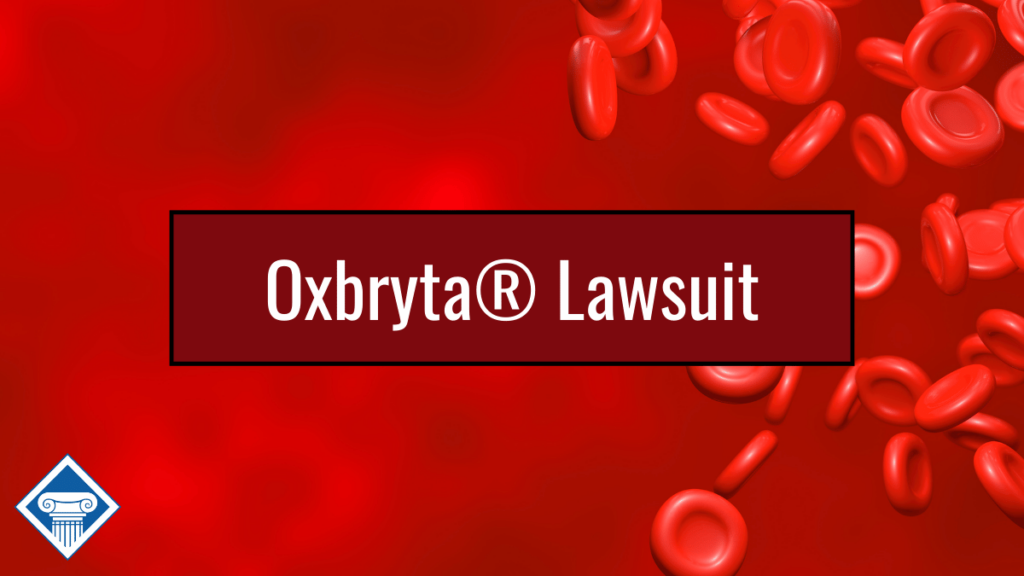Survivor Benefit Plans are retirement plans available for veterans that will pay a monthly annuity to chosen spouses or children after the veteran’s death. Before 2023, families could not receive full payments from both SBP and dependency and indemnity compensation (DIC) benefits due to a now-repealed rule establishing an SBP-DIC offset. Now survivor benefit plans and VA disability benefits like DIC work together, and families can receive full payments from both.
Talk to Us About Your Claim:
(812) 426-7200
In this article about Survivor Benefit Plans:
What is the Survivor Benefit Plan?
Considering that 46% of veterans are over 65, millions of military families receive income via retired military pay. Some families may rely on that income, but after the veteran’s death, that pay stops. As a result, many service members opt into a Survivor Benefit Plan (SBP) upon retirement to ensure that their families continue receiving income. SBP is a program managed by the Defense Finance and Accounting Service (DFAS) at the Department of Defense. With an SBP, monthly payments–adjusted for inflation–are provided to the service members’ spouses or children after the service member’s death.

How does the Survivor Benefit Plan (SBP) differ from VA Dependency and Indemnity Compensation (DIC) benefits?
While the SBP is a type of life insurance policy veterans opt into at retirement, Dependency and Indemnity Compensation (DIC) is paid to survivors of military service members who died in the line of duty or due to service-connected illnesses or injuries.
How does the Survivor Benefit Plan work?
The Survivor Benefit Plan process is similar to other insurance plans. Upon retirement, service members choose a plan. They then begin to pay a monthly amount for that plan called a premium. This premium is taken from the service member’s gross retired pay, giving them the benefit of decreasing the income the veteran must pay tax on.
Because this is a government program, and government contributions go towards premiums and operation costs, SBP plans are usually less expensive than traditional insurance policies.
After the service member’s death, DFAS sends a monthly payment to the beneficiaries called an annuity. The person receiving an annuity is called an annuitant.
The veteran’s retired pay determines the monthly payment amount. SBP benefits are a percentage of that pay–between 12.5% and 55%, chosen by the service member when they selected the plan. The minimum amount of the payment is $25.
The DFAS increases the annuity amount with cost-of-living adjustments (COLAs) after the veteran’s death.
Who is eligible to be an SBP beneficiary?
Service members must designate who should receive the monthly payments from the SBP after their death. Only certain people can receive an annuity from a service member’s SBP.
The veteran can choose their spouse and/or children to receive the annuity.
How much is the Survivor Benefit Plan?
Survivor Benefit Plan payments, called premiums, depend on the beneficiaries chosen and the amount of the annuities, which are calculated as 55% of the base amount.
Veterans choosing their spouse as a beneficiary will usually pay about 6.5% of their chosen base amount as a premium each month. Veterans who choose children as the only beneficiaries, or add them on to a plan with a spouse, will pay premiums ranging from a few cents to several dollars each month depending on the ages of the children.
After a veteran has paid premiums for an SBP plan for 30 years, they are considered “paid up” and no longer need to deduct the premiums from their retired pay to get the benefits.
Did my spouse have an SBP?
If you are not sure if your spouse had an SBP in place, you can contact the DFAS for assistance.
Will DIC affect my Survivor Benefit Plan?
VA Dependency and Indemnity Compensation (DIC), is a monthly benefit for the families of service members who died in the line of duty, or from a service-related disability, injury, or illness. DIC payments are exempt from taxes and given to eligible family members for the rest of their lives. Over 400,000 spouses were receiving DIC benefits as of 2022.
Before 2023, spouses could not receive full SBP and DIC payments simultaneously. The DFAS significantly reduced the SBP payment due to the amount spouses received from DIC. Now, DIC will not affect Survivor Benefit Plan payments. Surviving spouses can receive full payments from both the SPF and DIC, as the SBP-DIC offset was eliminated entirely on January 1, 2023.
During the time of the SBP-DIC Offset, a Special Survivor Indemnity Allowance was paid to affected spouses. When the offset was eliminated, these payments stopped.
“Woods & Woods’ experience will give you the best chance to get what you deserve.”

T.K.
Applying for DIC
Now that DIC payments will not affect SBP annuities, surviving families of veterans who died from a service-related injury or illness may choose to apply for this benefit. The current DIC basic monthly pay rate is $1,562.74 and is paid to beneficiaries for the rest of their lives.
If you would like assistance applying for DIC benefits, the VA disability attorneys at Woods & Woods can help. We’ve worked with many families to help them deal with the VA and never charge to help file an initial application.
Talk to Us About Your Claim:
(812) 426-7200
Frequently asked questions
No, DIC will not affect payment amounts from the Survivor Benefit Plan. Before 2023, spouses could not receive full SBP and DIC payments simultaneously. The DFAS significantly reduced the SBP payment due to the amount spouses received from DIC. Now, DIC will not affect Survivor Benefit Plan payments. Surviving spouses can receive full payments from both the SPF and DIC, as the SBP-DIC offset was eliminated entirely in early 2023.
While the SBP is a type of life insurance policy veterans opt into at retirement, dependency and indemnity compensation (DIC) is paid to survivors of military service members who died in the line of duty or due to service-connected illnesses or injuries.







